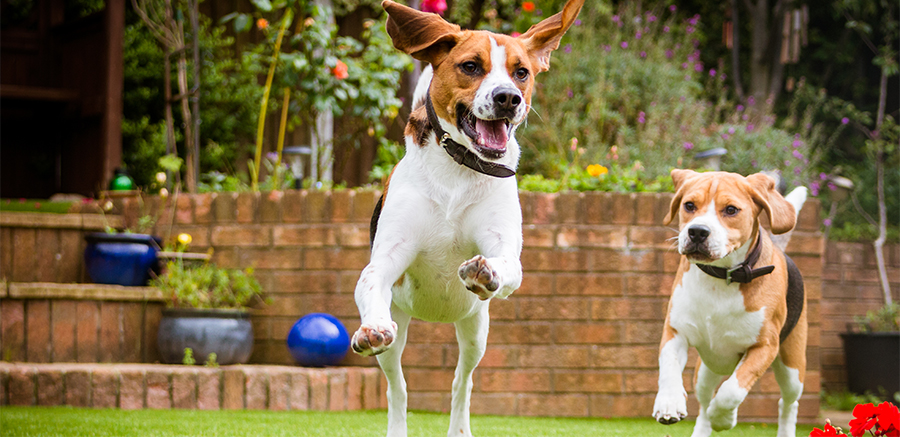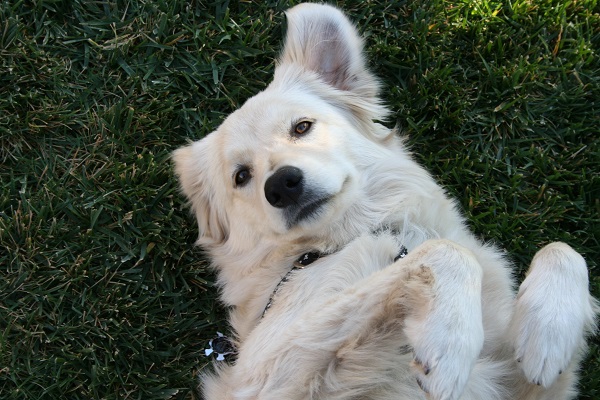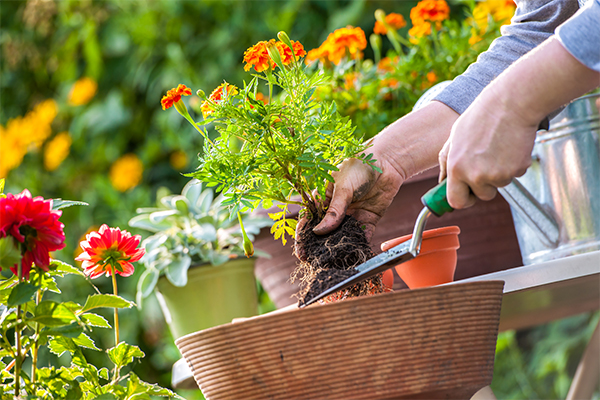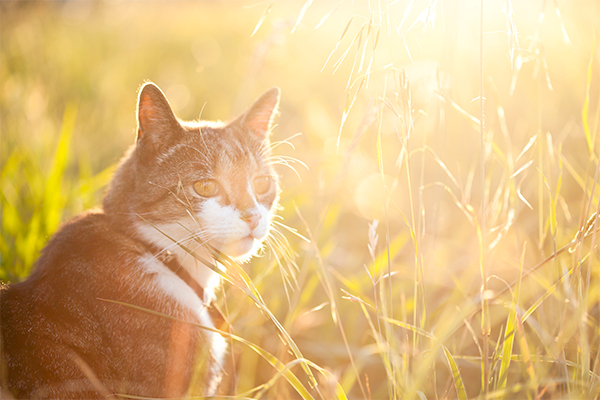How to Plant a Pet Friendly Garden This Spring

TerraCycle is an innovative recycling company that has become a global leader in recycling hard-to-recycle waste. Wellness Natural Pet Food is the first U.S.-based pet food brand to make its packaging nationally recyclable through a partnership with TerraCycle. So far, the partnership has resulted in 80,000 pet food bags diverted from landfills.
Raising a pet is a lot like growing a garden. They both require close attention, proper watering and feeding, and the care that comes with understanding their needs. But while they have their similarities, pets and gardens don’t always get along.
Pets around the world have been known to stomp on and relieve themselves in gardens. Sometimes, they’ll eat the plants in it, which not only destroys the space, but can make them sick. Before you resolve to keep the two separate, know that with a bit of help, pets and plants can live harmoniously in the same yard.
Here’s a short list of tips for the two-fold goal of raising a pet-friendly garden, along with a garden-friendly pet:
It all starts with training
A well-trained pet is a good starting point for a peaceful plant garden. Especially if the garden is established as a no-go area, an obedient pet is much less likely to be destructive, and will listen to commands.
Build a border
Creating garden borders can help to keep your pet out. Simple solutions include a small wooden fence, pieces of driftwood, or chicken wire, depending on the pet and plants that need protecting. Another way is a natural border of large, sturdy plants at the garden’s exterior. Lining this border with a paw-friendly pathway (small cedar chips are great for this) gives your pet somewhere to walk near the plants without ruining them. With designated paths and a well-distinguished border, your pet may take it into their own paws to protect the garden!
Give your pet alternative solutions

This step can be hard for people with limited space in their yard. However, giving pets, especially dogs, established areas to relieve themselves, dig, run, enjoy shade and play can help to avoid your pet using your garden to do these things. A dog sandbox can give your dog exactly what it needs to fill its digging needs, while a marking post, like sculptural piece of driftwood, can serve as a place for dogs to mark their territory.
Plant pet-friendly plants
In case your faunal family member does get into the garden, make sure it is full of flora that is beneficial, not harmful. Your cat may like a catnip plant, and lavender is calming for people and dogs. Colorful petunias, marigolds and gerber daisies can co-exist with cats and canines, and parsley and carrots are great for dogs (and humans!) to eat. With summer coming, citronella wards off mosquitos, which can cause heartworms in pets.

Avoid thorny and spiny plants, and be cautious about growing plants that are toxic to animals, such as tulips, daffodils and lilies. The ASPCA’s full list of plants to avoid can be found here.
Be a responsible pet parent

They say that pets look like their owners, and act like them, too. Responsible pet owners breed responsible pets. In order to reach this goal, it is important to take into account the needs of your pet and the environment in which it lives. Practice good habits with your pet every day, whether it’s feeding them on a consistent schedule, properly recycling their Wellness food packaging or taking the time to play with them. Feeding off your energy and respect for shared spaces will help your pet be calm, happy and able to live in concord with the plants you keep.






